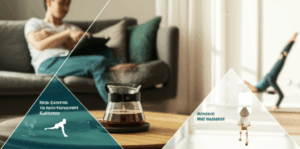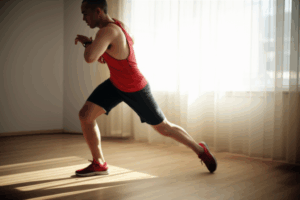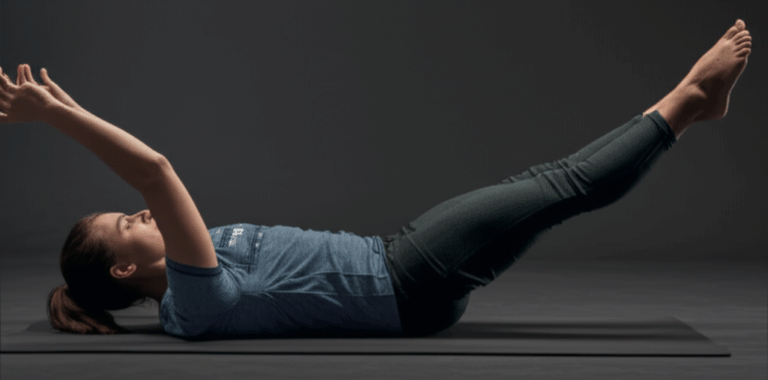Imagine a single, seemingly simple exercise that could unlock immense core strength, improve your posture, and enhance overall athletic performance. It sounds too good to be true, yet the hollow hold, a foundational movement in gymnastics, offers precisely these transformative benefits, capable of turning your entire midsection into a “rock-solid” powerhouse with consistent practice.
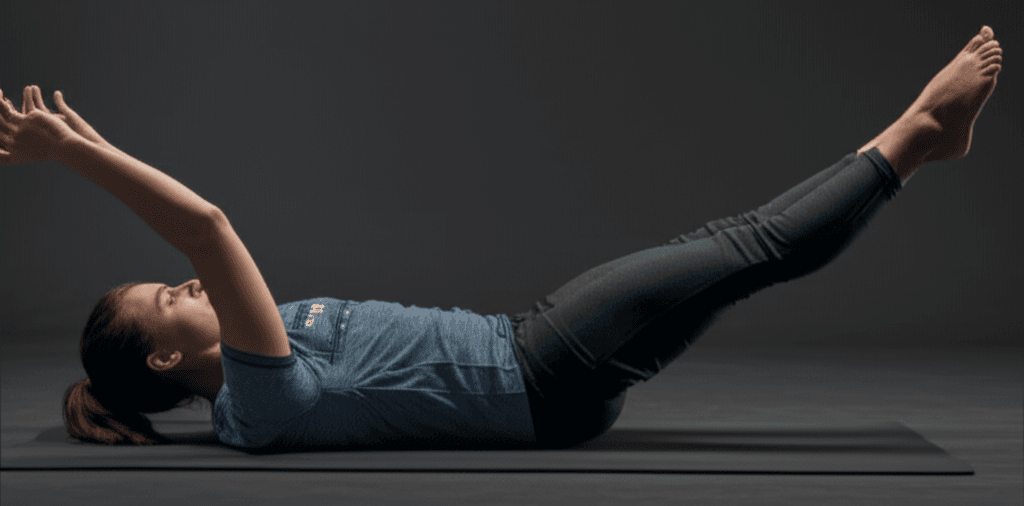
What Are Hollow Holds?
The hollow hold, also known as the hollow body hold, is an isometric core exercise where you maintain a specific body position while engaging multiple muscle groups. Unlike dynamic movements that involve motion, an isometric contraction means you hold your muscles steady for a period of time, generating tension without changing muscle length. This exercise requires you to lie on your back and lift your legs, head, and shoulders slightly off the ground, creating a C-shape with your body, much like a canoe. The primary goal is to press your lower back firmly into the floor, eliminating any gap between your lumbar spine and the mat.
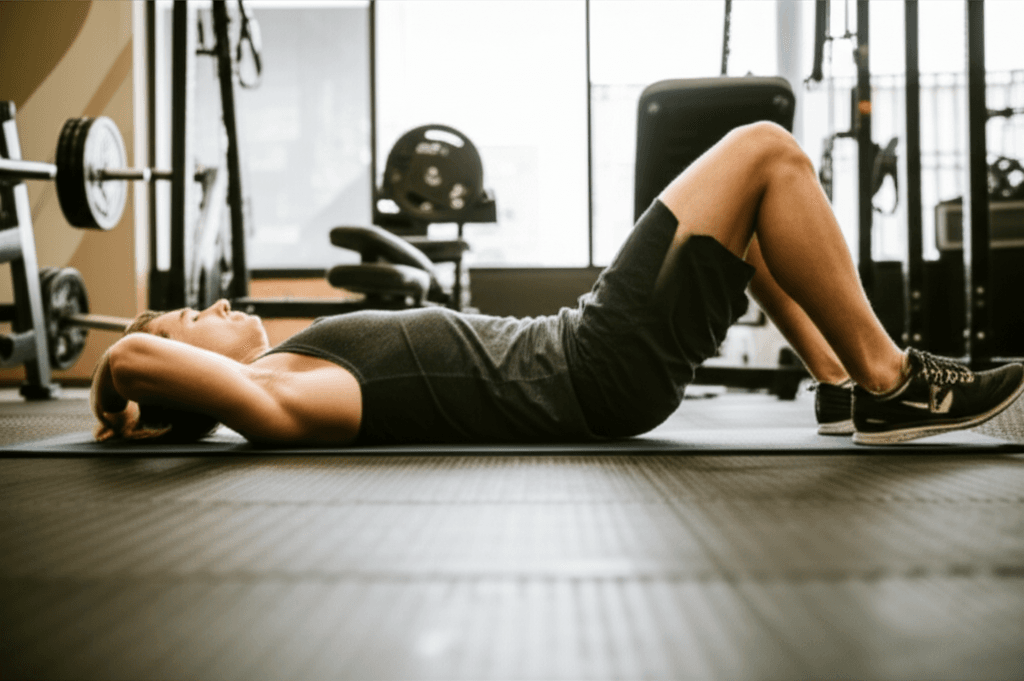
The Power of a Rock-Solid Core: Benefits of Hollow Holds
Incorporating hollow holds into your fitness regimen can lead to a multitude of advantages beyond just aesthetic abs:
Improved Core Strength and Stability
Hollow holds are exceptional for targeting deep core muscles, including the rectus abdominis (the “six-pack” muscle), transverse abdominis (the deep, wrap-around muscle), and obliques. By activating the entire core through isometric contraction, they build both strength and endurance, which are crucial for stabilizing the spine and pelvis. This strong, stable midsection supports various daily activities, from walking and hiking to lifting and carrying objects, and helps prevent lower back pain.
Enhanced Postural Control
The hollow hold position inherently reinforces proper posture by training your body to maintain alignment under tension. This can help correct postural deviations and improve overall body alignment, leading to a more comfortable upright position whether sitting or standing.
Reduced Risk of Injury
A strong, stable core is paramount for injury prevention, especially concerning the lower back. When you have a robust core, you naturally engage it to perform functional movements, thereby reducing strain on your lower back. Isometric exercises like the hollow hold have been shown to lessen back pain and decrease general injury risk.
Greater Body Awareness and Coordination
Performing hollow holds demands precise body positioning and controlled engagement of various muscle groups, which in turn improves proprioception – your body’s awareness of its position in space. This enhanced body awareness translates to improved movement efficiency and coordination, beneficial for athletes and everyday activities alike.
Transferable Strength for Advanced Movements
The core bracing ability honed through hollow holds is highly transferable to other exercises and athletic movements. This fundamental strength is a staple for gymnasts and can significantly improve performance in exercises like pull-ups, push-ups, squats, and deadlifts.
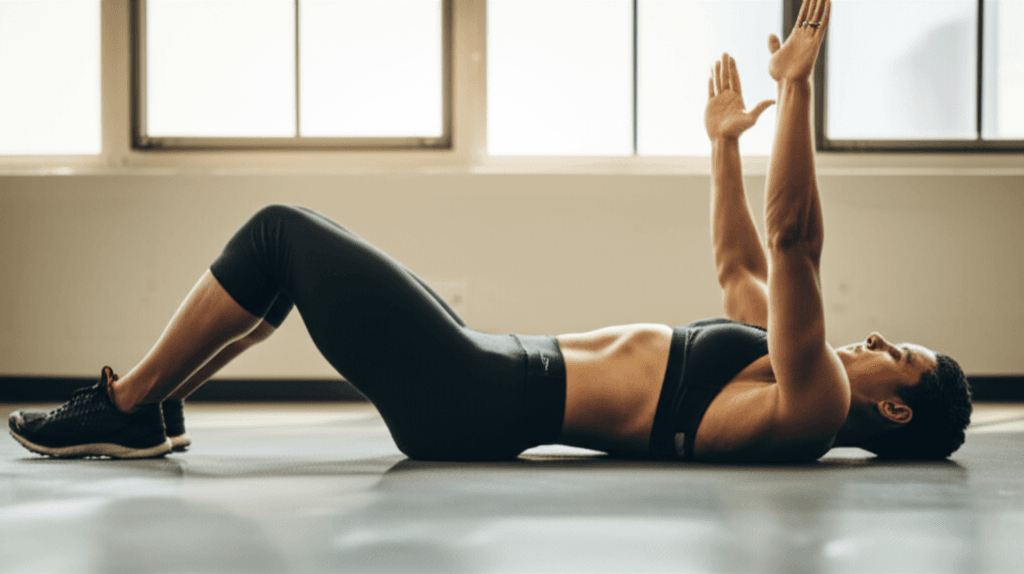
Muscles Engaged in the Hollow Hold
The hollow hold is a full-core workout that engages a comprehensive set of muscles:
- Rectus Abdominis: The superficial “six-pack” muscles.
- Transverse Abdominis: The deepest abdominal muscle, crucial for spinal stability and core bracing.
- Obliques: The muscles on the sides of your torso, responsible for rotation and lateral flexion.
- Hip Flexors: Engage as you lift and hover your legs off the ground.
- Quadriceps: Activated to keep your legs extended and hovering.
- Lower Back (Erector Spinae, Quadratus Lumborum): Engaged for spinal stabilization and support.
- Neck, Deltoids, Pectorals: These muscles are also engaged as you lift your head, neck, and shoulders and extend your arms overhead.
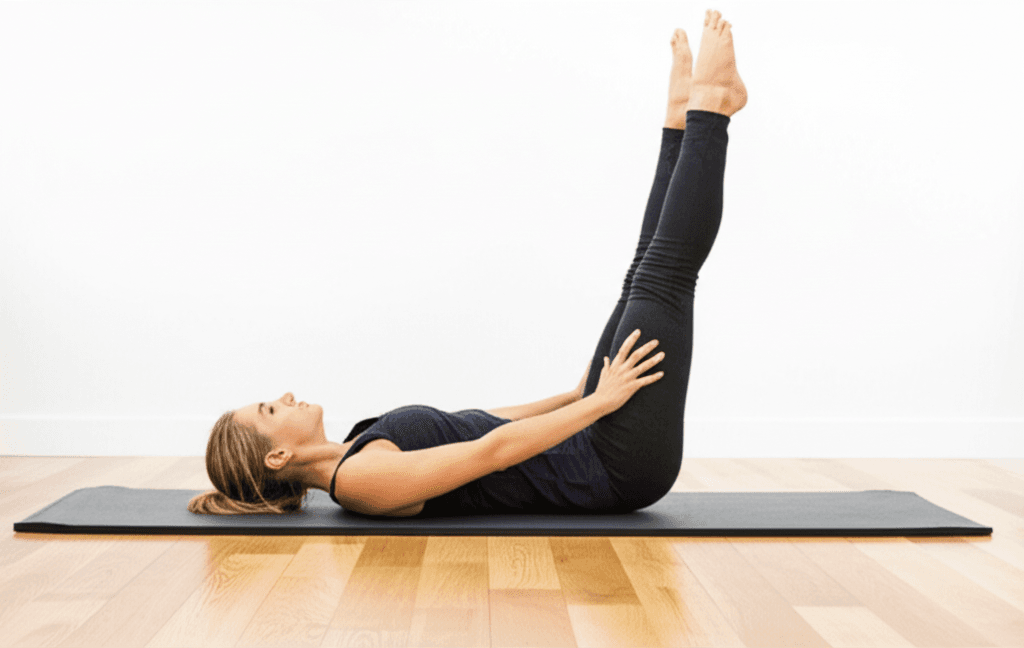
Mastering the Hollow Hold: Proper Form
Achieving a true “rock-solid core” with hollow holds hinges on perfect form. Even slight deviations can diminish effectiveness or lead to strain.
Here’s a step-by-step guide to proper execution:
- Lie Flat: Start by lying on your back on a mat with your legs extended and arms long by your sides or extended overhead.
- Engage Your Core & Tuck Your Pelvis: Crucially, press your lower back firmly into the floor. Tuck your pelvis under so there’s no space between your lower back and the mat. This aggressive abdominal flexion is the foundation of the move.
- Lift Legs: Keep your legs straight and squeezed together, then lift them about 2-3 inches off the ground. Aim to suspend your legs between 15 and 30 degrees off the floor.
- Lift Upper Body: Extend both arms alongside your ears or overhead, then lift your head, neck, and shoulders off the ground. Your shoulder blades should be off the floor.
- Maintain the “C” Shape: Your body should resemble a slight C-shape or a canoe, with only your lower back and possibly your glutes touching the floor.
- Hold: Maintain this position, keeping your abs contracted and lower back glued to the floor. Start with holds of 10-30 seconds and gradually increase as you get stronger.

Common Mistakes to Avoid
Even seasoned fitness enthusiasts can fall prey to common errors that undermine the effectiveness of hollow holds:
- Arching the Lower Back: This is the most critical mistake. If you can fit your hand under your lower back, you’re not engaging your core properly, and the exercise loses its benefit for your midsection, potentially straining your back. Focus on tucking your pelvis and pressing your lumbar spine down.
- Lifting Legs Too High or Too Low: Lifting your legs too high reduces the challenge on your abs, turning it into more of a leg raise. Conversely, letting them too low can place excessive stress on your hip flexors. Aim for a sweet spot of 15-30 degrees off the floor.
- Excessive Neck Tension/Tucking Chin: Avoid shrugging your shoulders or aggressively tucking your chin, which can lead to neck strain and reduce core engagement. Keep your neck long and in line with your spine, looking upwards.
- Bent Knees or Elbows: The goal is full extension of the extremities to maximize core tension. If you cannot maintain straight legs or arms, you may need to try a modification.
- Loosening of Form/Shallow Breathing: Maintain full-body tension throughout the hold. Losing form or not breathing deeply compromises the exercise’s benefits.
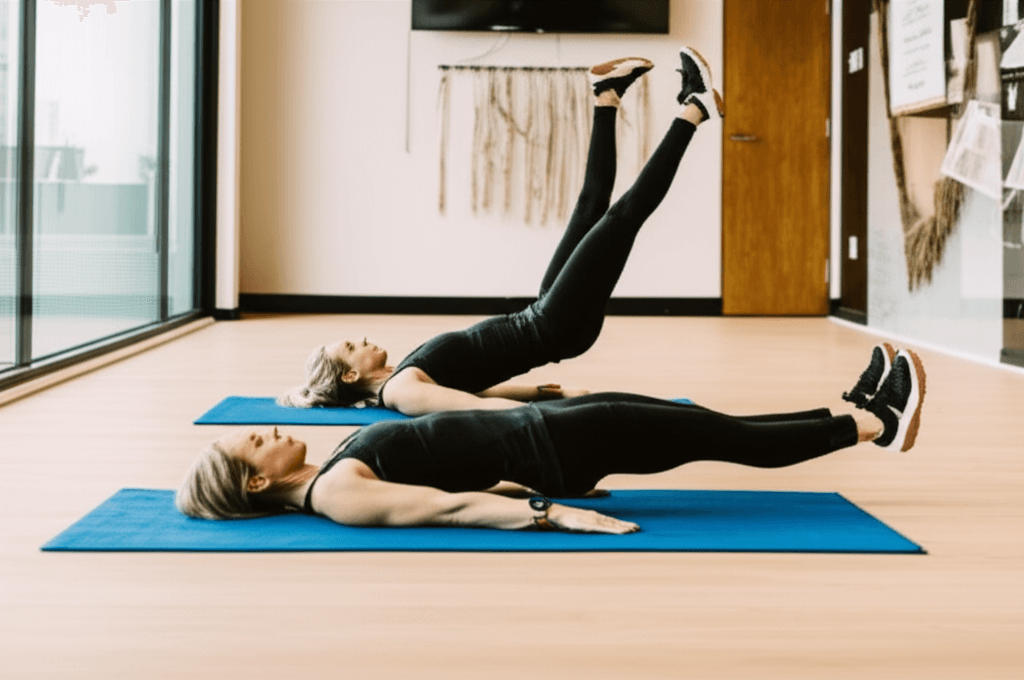
Progression and Regression: Tailoring the Hollow Hold to Your Level
The hollow hold is an intermediate to advanced exercise, but it can be modified for all fitness levels.
Regressions (Easier Variations):
- Bent Knees/Feet on Floor: Keep your knees bent with feet flat on the floor, lifting only your head, shoulders, and arms. This reduces the lever length and makes it easier to keep your lower back down.
- Bent Knees, Shins Parallel: Lift your bent legs so your shins are parallel to the floor. Arms can be by your sides or extended forward instead of overhead.
- Arms by Sides: Keep your legs extended but place your arms by your sides instead of overhead. This shortens the lever and lessens the intensity.
- Single Leg/Arm Extension: Start with both knees bent, then extend one leg at a time, or one arm at a time, to gradually build strength.
Progressions (Harder Variations):
- Increase Hold Time: Gradually work from 10-30 seconds up to 60 seconds or longer.
- Hollow Rocks: Once you can hold the position, gently rock your body forward and backward or side to side while maintaining the hollow shape and core tension.
- Weighted Hollow Hold: Hold a light dumbbell or kettlebell overhead to increase the challenge.
- Hanging Hollow Body: Perform the hollow shape while hanging from a pull-up bar.

Incorporating Hollow Holds into Your Routine
Hollow holds are a valuable addition to any core workout or full-body routine.
- For Beginners: Start with modified versions, aiming for 2-3 sets of 10-15 second holds. Focus intensely on keeping the lower back pressed into the floor.
- For Intermediate/Advanced: Aim for 3-5 sets of 30-60 second holds of the full hollow hold, or incorporate progressions like hollow rocks.
- As a Warm-up: Three rounds of 15-20 seconds can effectively warm up your core at the start of a workout.
Consistency is key. Like any exercise, regular practice will yield the best results.
In conclusion, the hollow hold is a deceptively simple yet profoundly effective exercise for building a strong, stable, and “rock-solid” core. By mastering proper form and gradually progressing, you can unlock its numerous benefits, from enhanced strength and posture to improved body awareness and reduced injury risk, making it an indispensable tool in your fitness arsenal.


